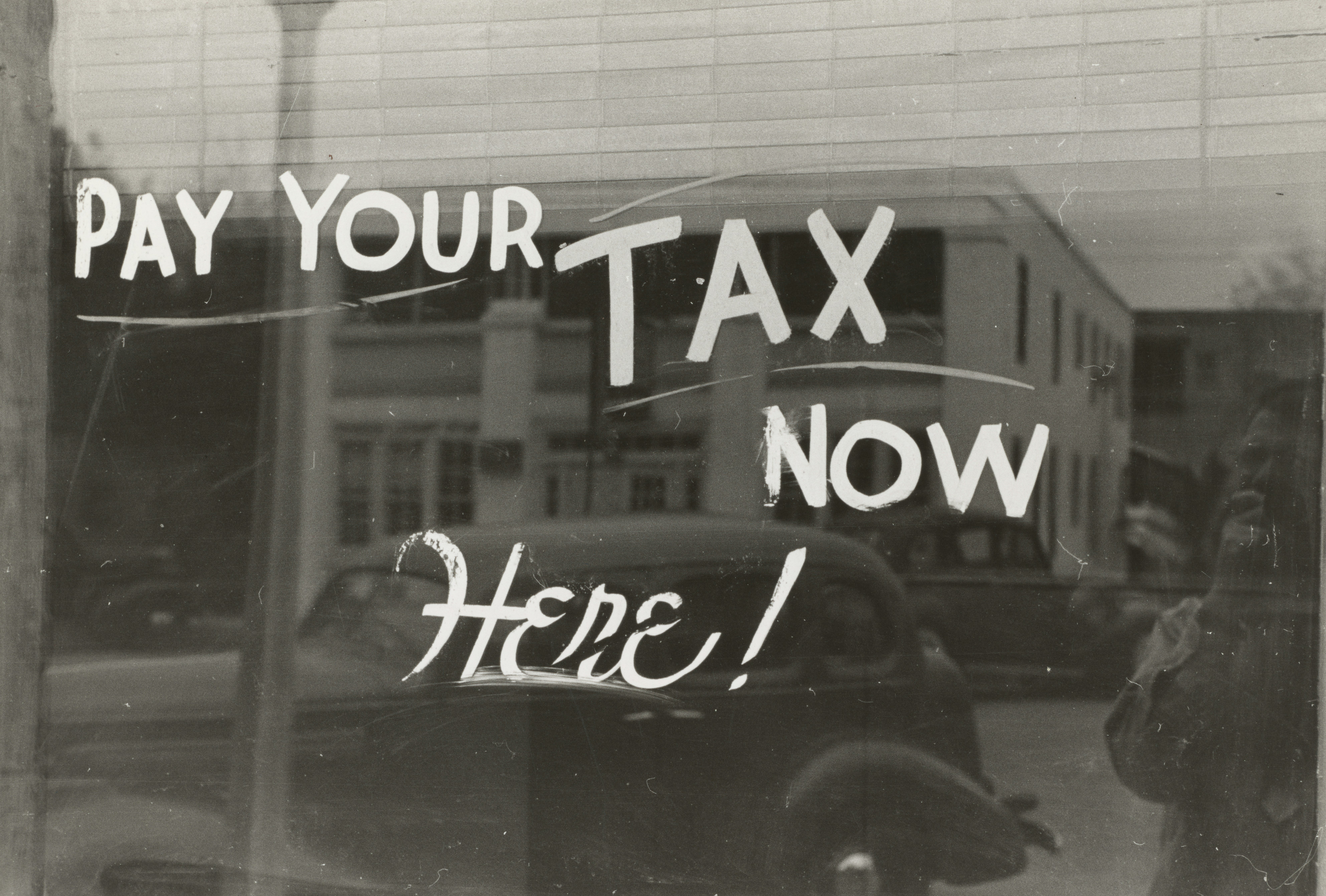Why Your Tax Preparer Should Handle Form 3115

Why Your Tax Preparer Should Handle Form 3115—Not Your Cost Segregation Provider
Many cost segregation providers offer to produce a Form 3115 (required for catch-up studies) for their clients. I’m not a fan of this approach. I’ve been a CPA for nearly 30 years and a cost segregation specialist for the past fifteen. Here are my thoughts on the subject.
Stay in Your Lane, please!
Now, here’s where things get practical. You’ve got a shiny new cost segregation study in hand, and it’s time to file Form 3115 to put those findings into action. You might think, “Hey, my cost segregation provider did the study—why not have them fill out the form, too?” While that might seem convenient, it’s not the best move. Here’s why you should insist your tax preparer take the lead instead.
First off, your tax preparer is the one filing your tax return. Form 3115 isn’t a standalone document—it gets attached to your return for the year you’re making the change. Your preparer already knows your full financial picture: your income, deductions, credits, and how everything ties together. They’re in the driver’s seat to ensure the Section 481(a) adjustment flows seamlessly into your Schedule E (for rental properties) or other relevant forms. A cost segregation provider, while expert in their niche, isn’t typically preparing your entire return—they’re focused on the study, not the bigger tax puzzle.
Second, there’s the liability factor. When your tax preparer signs Form 3115 and your return, they’re taking responsibility for its accuracy. If the IRS comes knocking, they’re on the hook to defend it. Many cost segregation providers offer to prepare the form, but they often won’t sign it—or if they do, they might not carry the same level of accountability as a CPA or enrolled agent who’s legally bound to represent you. You want someone who’s got skin in the game, and that’s your tax preparer.
Finally, cost segregation providers aren’t always tax experts. Sure, they’re wizards at breaking down a building into its depreciable components, but Form 3115 involves tax law nuances—think designated change numbers (like DCN 7) and scope limitations for automatic consent. Your tax preparer lives and breathes this stuff, ensuring compliance with IRS guidelines and minimizing audit risk. Handing it off to the cost segregation provider risks errors from someone who’s out of their depth.
The Bottom Line
The Form 3115 is your ticket to turning a look-back study into immediate cash flow, all without the hassle of amending prior returns. But to get it right, lean on your tax preparer—not your cost segregation provider—to handle the filing. They’ll integrate it into your broader tax strategy, sign off with confidence, and keep you in the clear with the IRS. After all, the goal isn’t just to save on taxes today—it’s to do it in a way that holds up under scrutiny tomorrow.
Print Article
.jpg)

